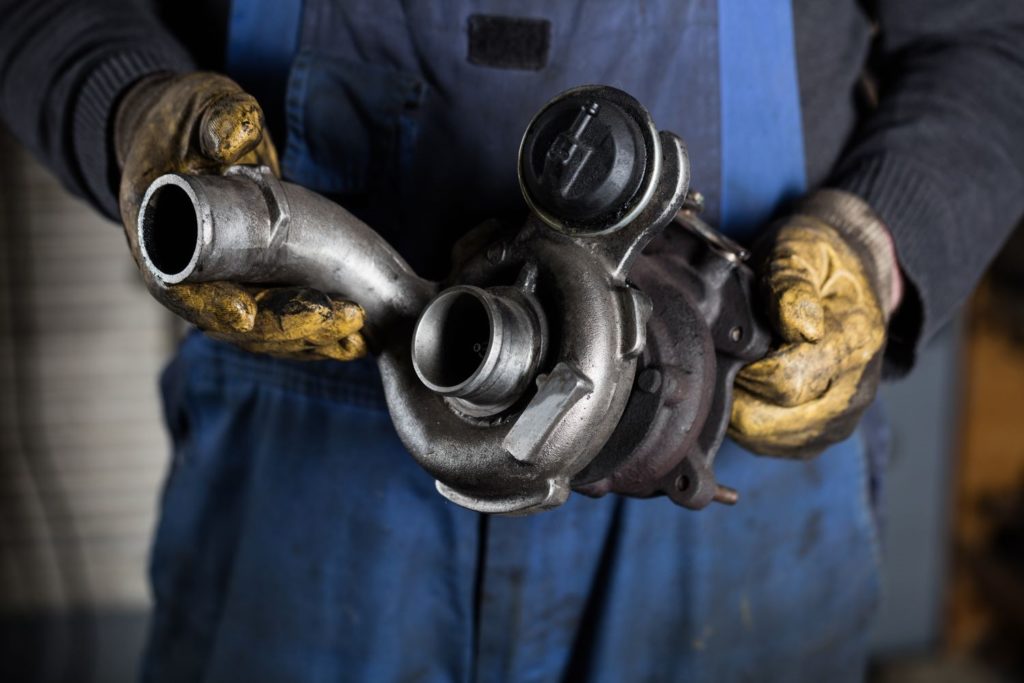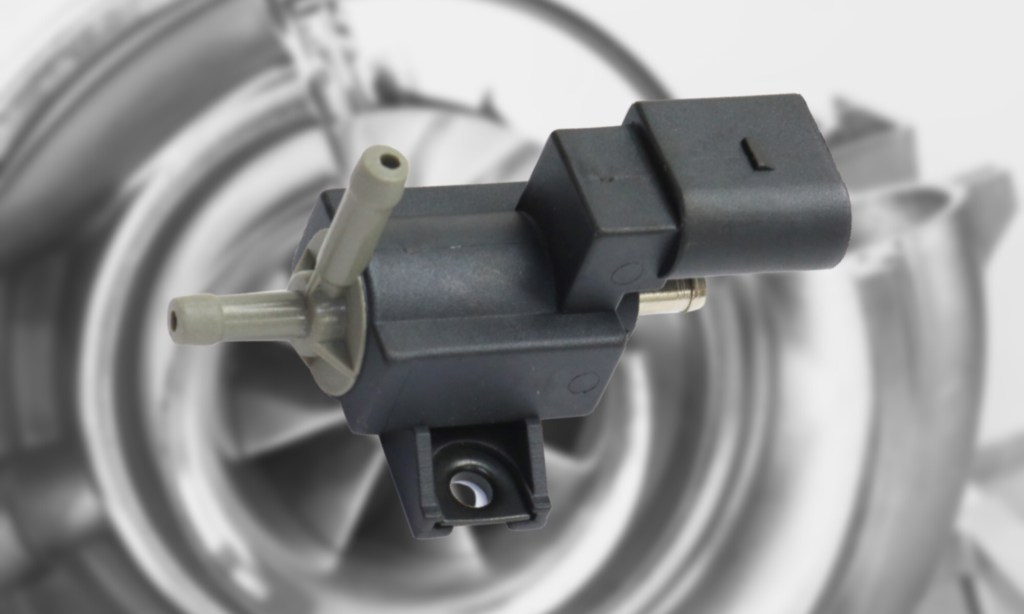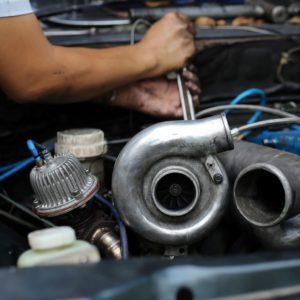An illuminated check engine light can mean a lot of things. If your scanner detects a P2262 code, you should diagnose and repair your vehicle according to the manufacturer’s recommendations. A delay in repairs can result in further damage to your vehicle’s components, so make sure to resolve this diagnostic trouble code (DTC) as soon as possible.
What Does the P2262 Code Mean?
Code P2262 stands for “Turbocharger/Supercharger Boost Pressure Not Detected.” This DTC applies to vehicles with OBD-II, which includes most vehicles made on and after 1996.

Your vehicle’s powertrain control module (PCM) has multiple sensors that monitor the amount of boost in the turbocharger/supercharger. A P2262 code may be stored if your PCM determines that the boost pressure isn’t meeting the required level.

Note: The definition of code P2261 may be different depending on the vehicle manufacturer. Consult the appropriate repair manual or repair database for the exact code definition.
What are the Possible Causes of the P2262 Code?
There are many possible causes for your P2262 code. Your PCM may store this error code if it detects any of the following problems.
- Brake booster pressure sensor failure
- Manifold absolute pressure (MAP) sensor failure
- Defective PCM
- Turbocharger/supercharger failure
- Faulty turbocharger/supercharger control solenoid
- Wiring issue

What are the Common Symptoms of the P2262 Code?
A P2262 code might share common symptoms with other related DTCs, particularly the P2261 code. Make sure to diagnose your system thoroughly to avoid making mistakes. However, if your PCM is only storing a P2262, your vehicle might exhibit the following symptoms.
- Malfunction indicator lamp illuminated
- Poor engine performance
- Increased fuel consumption
- Low boost from the turbo/supercharger
How to Diagnose the P2262 Code
There isn’t much information available about the P2661 code. You’ll have to do some research on your vehicle to learn about its recommended diagnostic and repair procedures. We’ve provided an educational video to jumpstart your repairs. However, if you don’t have the required repair skills and knowledge, we recommend hiring a mechanic to do this part for you.
How to Fix the P2262 Code
There are different ways to troubleshoot a P2262 code depending on the problem. Because your vehicle has numerous components connected to your turbocharger/supercharger, you have to check each one to avoid replacing the wrong part. We recommend looking into technical service bulletins for vehicle-specific diagnostic and repair instructions.
Keep in mind that every vehicle is different. What might work to resolve a P2262 code in a Ford may not work for a Dodge. If you’re looking for detailed information on your vehicle, you can check Chilton repair manuals. Another valuable resource is ALLDATA’s single-vehicle subscription, which includes repair instructions, and part diagrams. You can also check out Identifix.com for common fixes to your DTCs.
However, if you don’t feel confident in your repair skills, you can always hire a professional to fix your vehicle. They can provide the appropriate diagnosis and repairs so you don’t have to worry about making mistakes.
Any information provided on this Website is for informational purposes only and is not intended to replace consultation with a professional mechanic. The accuracy and timeliness of the information may change from the time of publication.


















